Cathy Horyn On Carine Roitfeld
 vendredi 31 janvier 2014
vendredi 31 janvier 2014 
The fashion world has suffered a loss today with the announcement that Cathy Horyn will no longer be writing for The New York Times. At this time, I am inspired to reflect on Cathy Horyn's contribution to Irreverent, her eloquent account of meeting Carine Roitfeld for drinks at the Ritz. Adieu, Cathy, bonne chance !
Extract from Carine Roitfeld: Irreverent
By Cathy Horyn
Not surprisingly, given the way things linked and dovetailed in the '80s, before digital links made such connections instant and artificial, Carine Roitfeld was also observing Carlyne (Cerf de Dudzeele), and as well Nicole Crassat, the legendary fashion editor of French Elle, for which Carine, a former model, offered short freelance pieces. "I learned a lot from these two women," Carine tells me over a drink at the Ritz bar. "From Nicole, I learned about a sense of femininity, like putting a black bra under a white shirt. With Carlyne, it was a bit more aggressive — military clothes with gold shoes." As she speaks, her black-rimmed eyes sparkle behind a protective blind of tousled, shoulder-length hair that, along with high heels and narrow skirts, is her distinctive style trademark.
Sitting straight-back, her long arms sheathed in a black sweater that leaves visible the hollow of her neck, she nurses a glass of vodka she ordered with relish an hour before. I notice several men glancing at her and one, clearly working on a fantasy,  calls from his nearby table, "What are you two girls talking about?" And Carine, instead of being wary, flicks her head and in a sweet voice murmurs, "We're just having fun." Then, as the man struggles in confusion, his lips forming the obscene words he thought he has heard, she turns away, releasing him.
calls from his nearby table, "What are you two girls talking about?" And Carine, instead of being wary, flicks her head and in a sweet voice murmurs, "We're just having fun." Then, as the man struggles in confusion, his lips forming the obscene words he thought he has heard, she turns away, releasing him.
In person, in the picture she creates, Carine is not afraid to be audaciously sophisticated and sexual, if politely unavailable. She understands that the roots of all fashion are snobbish, expensive, erotic, and that it depends on a landscape of difficult women — instinctively feminine and cultivated, but not overly educated — to convince the rest of us to ignore our better judgment and play along. Viewed critically, Carine's whippet-thin woman in a tight skirt and stilettos, her impeccable bourgeois surface broken by tumbling hair and a cigarette in her hand rather than a purse, seems a throwback to a chauvinistic and decadent time. And this creature arrived on the fashion scene at a moment, in the '90s, when French cultural influence was on the wane. Yet, viewed up close, Carine was creating a character based on her own provocative personality. It took a certain daring to turn away from the romantic conventions of editorial shoots — beautiful though they may be, with disguises and casts of eccentrics — and look inward, though seldom more than skin deep. "I think I'm very good with nothing," Carine says of her styling methods. This was a useful skill to have, especially at the beginning of her career, when she and Mario Testino, with whom she worked most often, didn't have big budgets for shoots and were forced to rely on Carine's wits: "She's biting her nails, she's pulling the T-shirt under her skirt, she's kissing someone, she's holding a little girl by the hand, she's crossing her legs," as she says of her character.
Of course, this nail-biting, décolletage-plunging, largely submissive view of woman was also disturbing. Whether or not Carine foresaw the hedonistic fashion of the late '90s, she was definitely one of its principal architects.
Like many people, I first heard of Carine in conjunction with Tom Ford and Gucci. This was in 1999 — already late into Ford's stunning turnaround of the Italian label, but I had spent a number of years away from the collections writing about other matters, and when I went back to Milan, I must admit I was shocked by what I saw. Ford had indeed created a modern primitive, operating on her senses (and, if need be, on all fours). And, I can say now, I didn't sufficiently appreciate what he and Carine were doing at Gucci (and later at Saint Laurent too), perhaps because it was all happening in front of my eyes. But he and Carine created a genuine archetype; not a concoction from a mood board, but a real woman who in every polished corpuscle, mean step, and lipsticked mouth, conveyed a world made neurotic and unstable by vast amounts of money, much of it from Wall Street and Silicon Valley. The fashion world had changed since the early '90s — it felt less civilized, for sure — but what of it? It pulsed with new creativity, new energy. And it delivered us, for better or worse, into the era of global brands.
Carine remained an enigma to me for several years — it's funny, I retain a vivid memory of her coming into the Vanity Fair Oscar party, around 2002, wearing a leopard-print Alaïa dress that covered the parts of her body that were necessary and thinking she had all the actresses beat. By then the editor-in-chief of French Vogue, she was a woman in her mid-forties. Within a few years, the street photographers and bloggers gathering in force outside the shows in Paris had discovered Carine (along with Anna Wintour and Franca Sozzani) and I used to imagine thousands of snaps of Carine — in some incredible fur coat or mad pair of sandals, hair in her face — gathering in archives in Japan, waiting for the day when a contemporary artist sees what our numbed minds were not yet ready to grasp.
I began this essay about a contemporary icon by circling back to the '80s. This is perhaps the perverse habit of my generation, to see things as a continuum, events and people dovetailing together; it's how we make sense of things. For me, when I set out to write about fashion, it was important that I learn. The sittings editors — Carlyne, of course, during my first forays into fashion and Grace Coddington at Vogue, and then Carine in more recent years — had a visual intelligence that I admired but knew I would never master. Still, the point is to learn, and I can say that all these women, and many more besides, have been great teachers. And despite the sometimes discouraging realities of the fashion business, young people have a tremendous readiness to learn. I hope this book about the very individual work of Carine Roitfeld answers some of their questions.
connect with iwtbar bloglovin | facebook | pinterest | tumblr | twitter
Cathy Horyn and Carine Roitfeld photographs courtesy of Fashion Spot
 kellina | |
kellina | |  2 Comments
2 Comments  Carine Roitfeld in
Carine Roitfeld in  Books,
Books,  Cathy Horyn,
Cathy Horyn,  Fashion,
Fashion,  Inspiration,
Inspiration,  Irreverent,
Irreverent,  Paris,
Paris,  Style,
Style,  The New York Times
The New York Times 
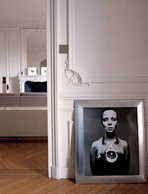
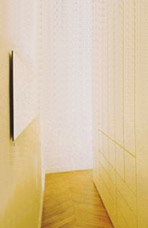

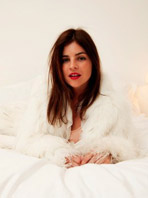
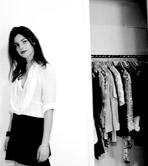


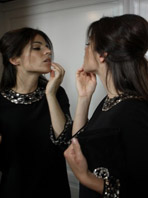
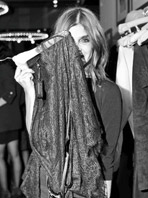


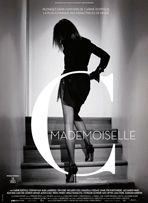
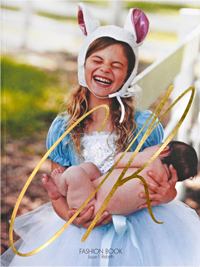
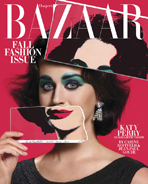
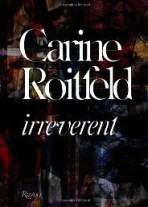
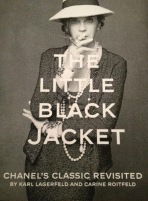
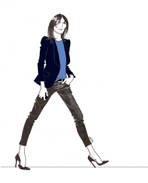


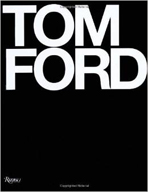
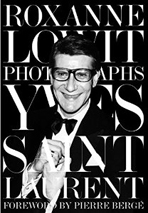
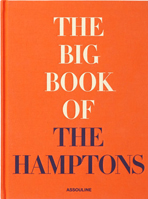
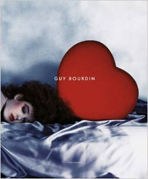
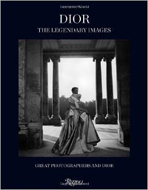
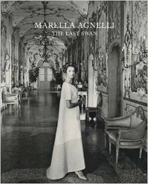
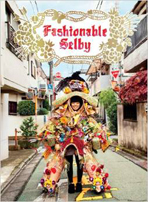



Reader Comments (2)